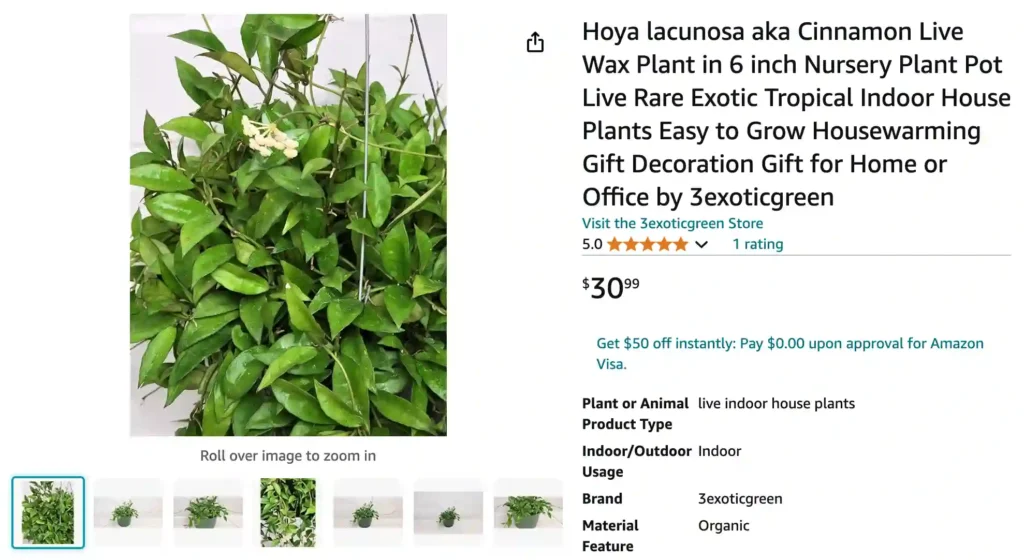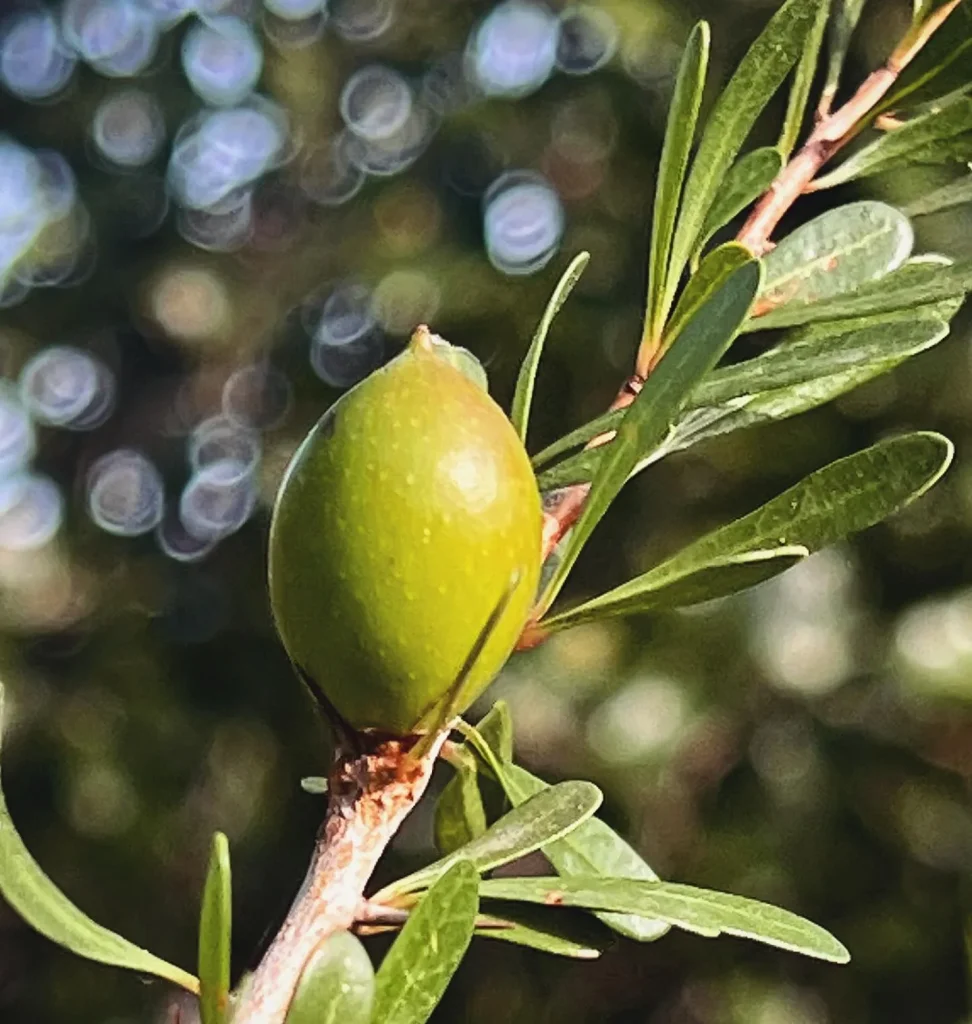
Hoya Cinnamomifolia: A Collector’s Dream with Stunning Foliage and Blooms
I’m Ferb Vu, and for any houseplant enthusiast, the Hoya Cinnamomifolia is a must-have. This captivating vine boasts not only stunning foliage but also produces beautiful, fragrant flowers. Here, I’ll answer some of the most common questions about this unique Hoya and provide insights for those considering adding it to their collection.
566 Species in Genus Hoya
What is Hoya Cinnamomifolia?
Hoya Cinnamomifolia, native to the island of Java, is a captivating vining plant known for its large, deep green leaves. The name itself reflects this resemblance – Cinnamomum verum being the botanical name for Ceylon cinnamon. The leaves are truly captivating, with a smooth texture and prominent, slightly raised veins that run lighter against the rich green backdrop.
How Does it Compare to Other Hoyas?
There are over 200 species in the Hoya genus, offering a diverse range of shapes, sizes, and foliage. Compared to its brethren, the Cinnamomifolia stands out for its larger leaves. Here’s a quick comparison to two popular Hoyas:
- Hoya Carnosa: This widely available Hoya features smaller, fleshy leaves and clusters of star-shaped flowers. It’s generally easier to find and care for.
- Hoya Kerrii: Often nicknamed the “Sweetheart Hoya” due to its single, heart-shaped leaf, this is a more compact and lower-maintenance option.
Light and Location:
Like most Hoyas, Cinnamomifolia thrives in bright, indirect light. Avoid harsh midday sun, which can scorch the leaves. An east-facing window or a spot several feet away from a south-facing window is ideal.
Watering Needs:
This Hoya prefers to dry out completely between waterings. Overwatering is a common killer, so err on the side of underwatering. When the leaves become slightly flexible, that’s your cue to water deeply.
Soil and Potting:
A well-draining potting mix is crucial. Opt for a succulent or cactus mix, or create your own by combining regular potting mix with perlite or orchid bark for added drainage. Choose a pot with drainage holes to prevent waterlogging.
Fertilizing:
During the growing season (spring and summer), a diluted liquid fertilizer formulated for houseplants can be applied monthly. However, this Hoya isn’t a heavy feeder, so less is more.
Humidity:
While Cinnamomifolia tolerates average household humidity, it thrives in higher levels. Grouping it with other humidity-loving plants or using a pebble tray can create a more favorable microclimate.
Temperature:
This tropical plant prefers warm temperatures, ideally between 65-80°F (18-27°C). Avoid exposing it to sudden temperature drops or cold drafts.
Support and Growth:
As a vining plant, Cinnamomifolia benefits from a support structure. A moss pole, trellis, or hanging basket allows it to climb and showcase its cascading foliage. With proper care, this Hoya can grow several feet long.
Blooming:
The star of the show for many Hoya enthusiasts is the bloom. Cinnamomifolia produces clusters of stunning lime green flowers with a dark pink/purple corona. The fragrance varies, with some describing it as sweet and others as slightly spicy. Consistent bright light and good air circulation can encourage blooming.
Common Problems:
- Mealybugs: These sap-sucking insects can be treated with neem oil or insecticidal soap.
- Scale: These hard-shelled insects can be removed with rubbing alcohol or horticultural oil.
- Yellowing Leaves: This can indicate underwatering, overwatering, or lack of light. Identify the cause and adjust your care routine accordingly.
Propagation:
Stem cuttings are the most common way to propagate Hoya Cinnamomifolia. Take a healthy stem tip with a few leaves, dip the cut end in rooting hormone (optional), and plant it in a moist, well-draining potting mix. Patience is key, as rooting can take several weeks.
Final Thoughts:
Hoya Cinnamomifolia is a captivating addition to any plant collection. Its stunning foliage, fragrant blooms, and relatively low-maintenance needs make it a rewarding choice for both novice and experienced houseplant enthusiasts. With a little TLC, you can cultivate a thriving specimen that will grace your home for years to come.
If i die, water my plants!



